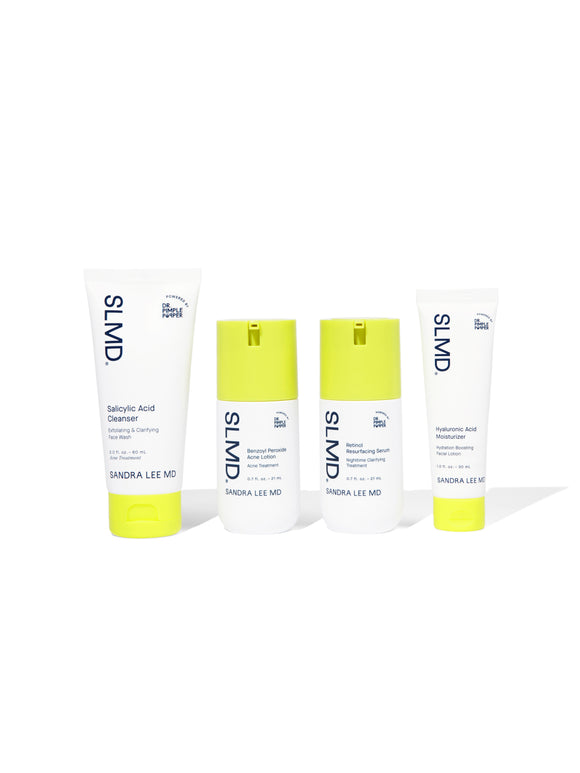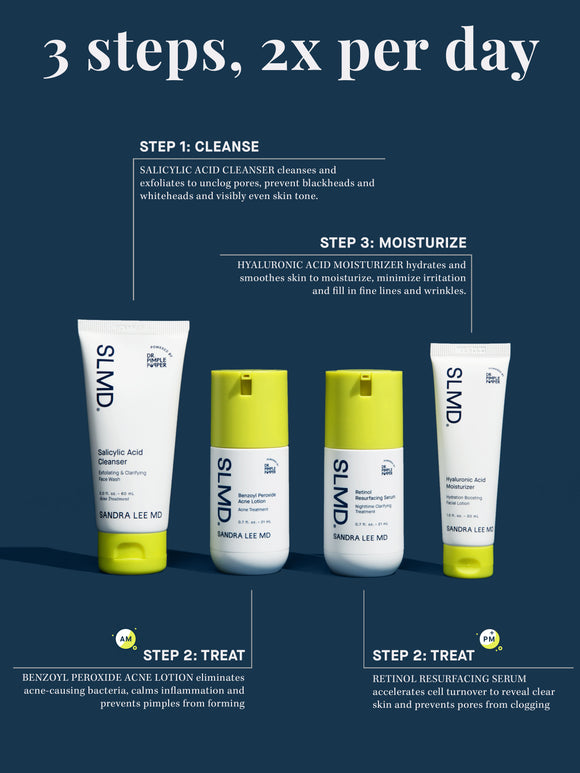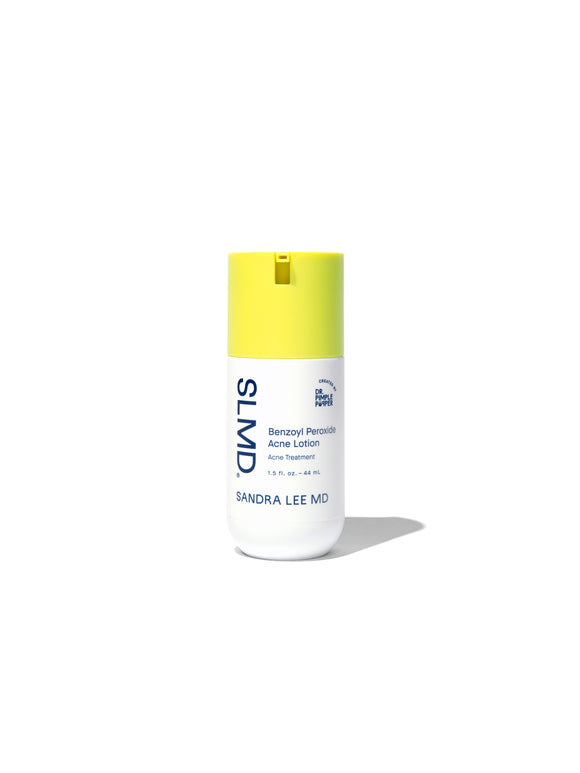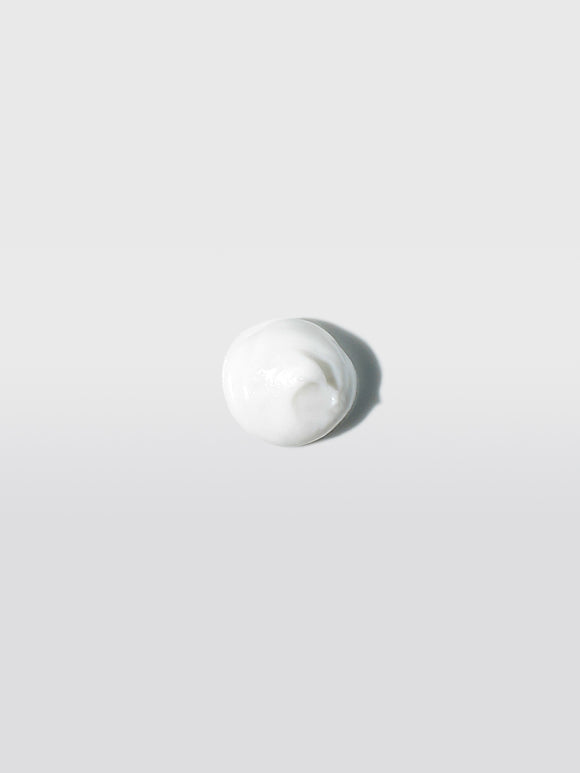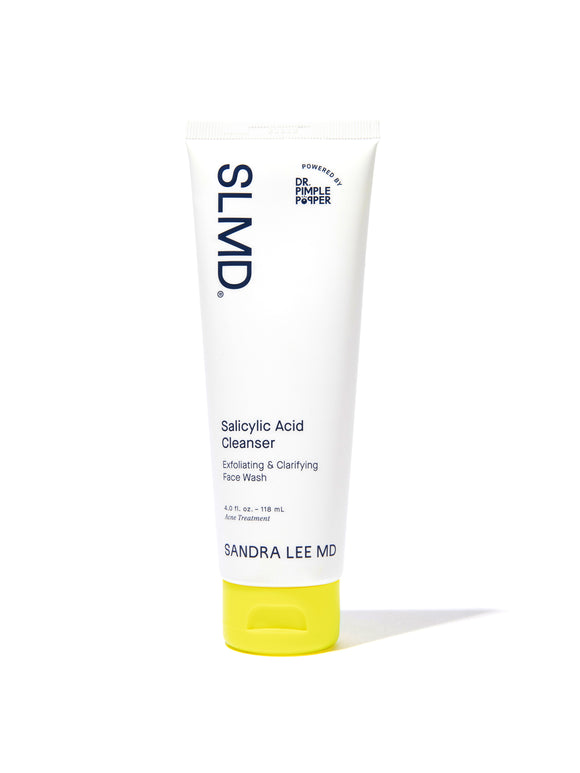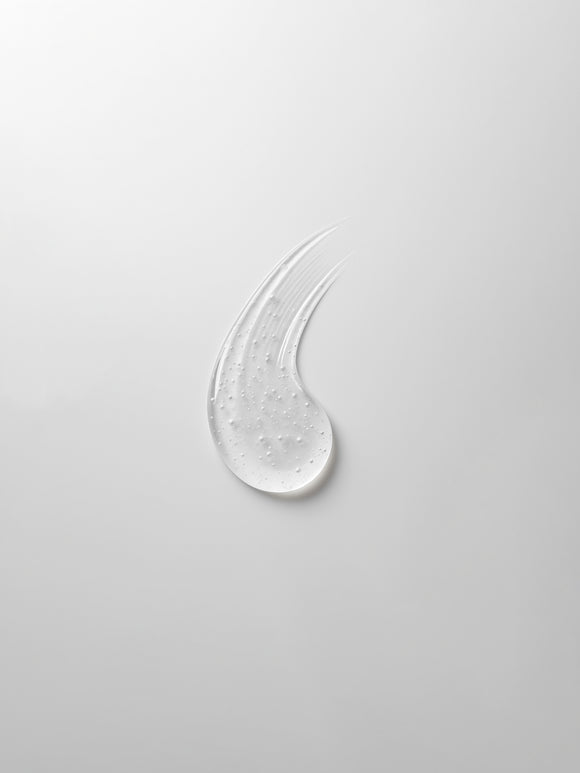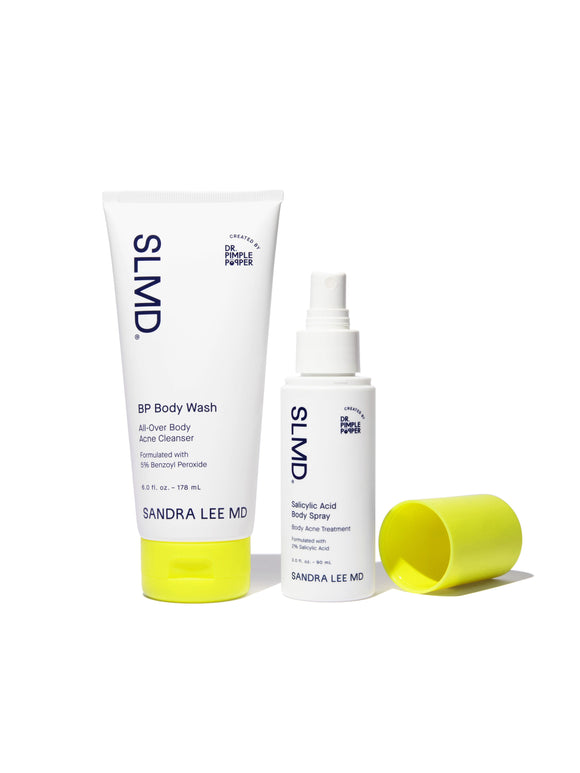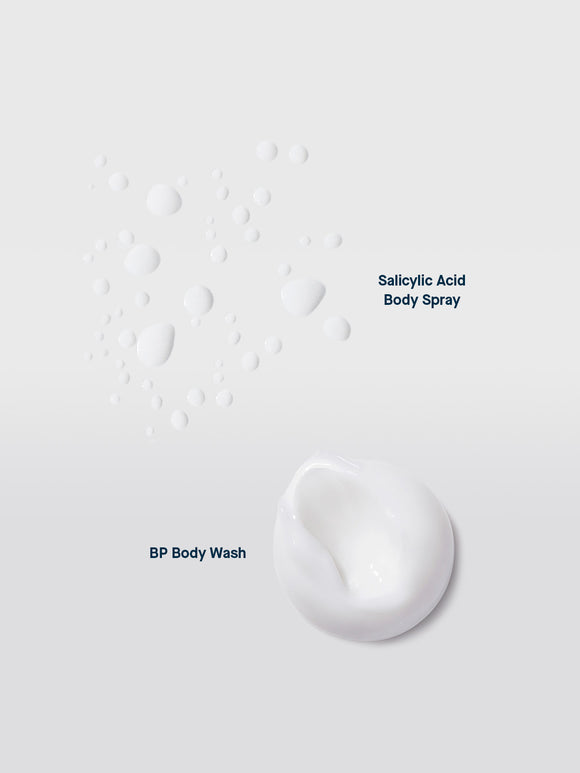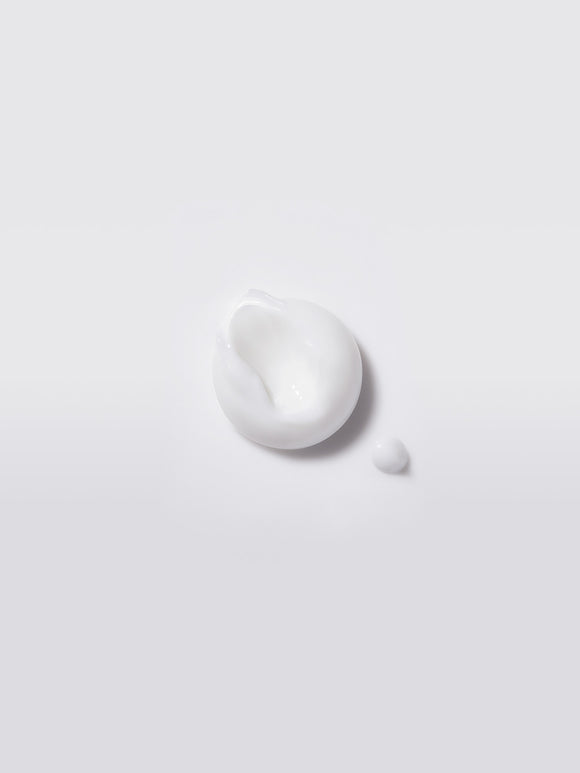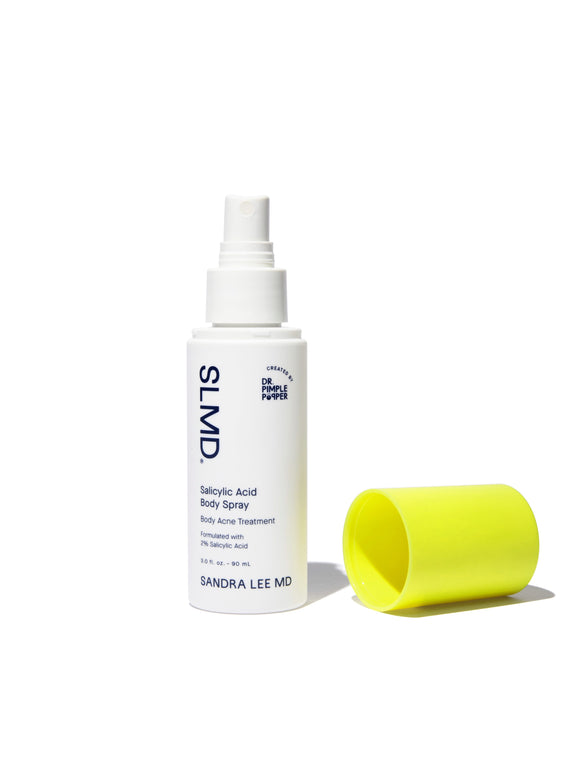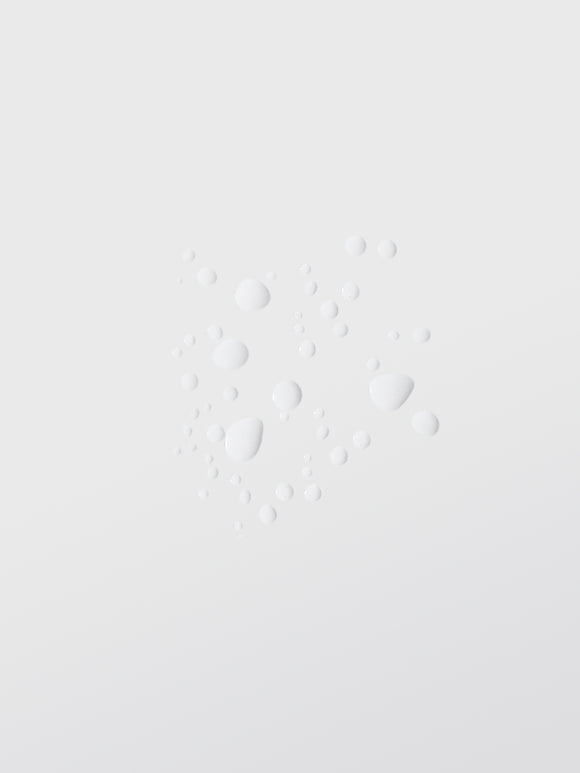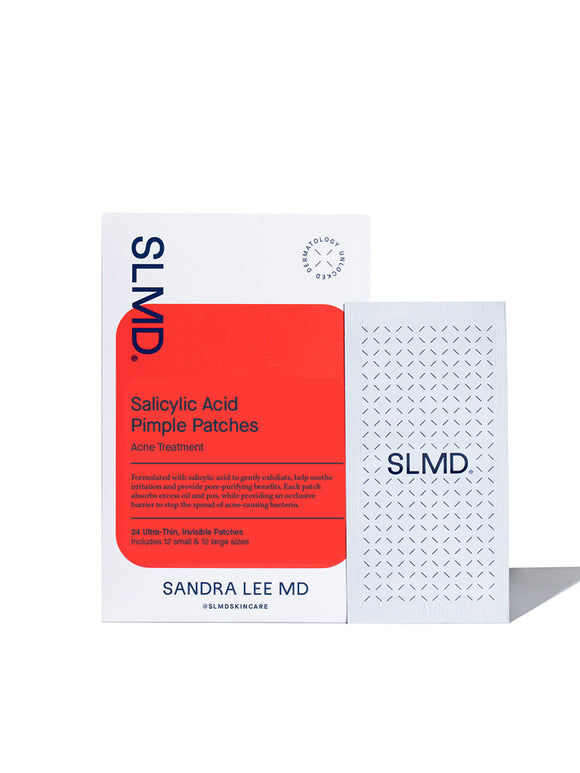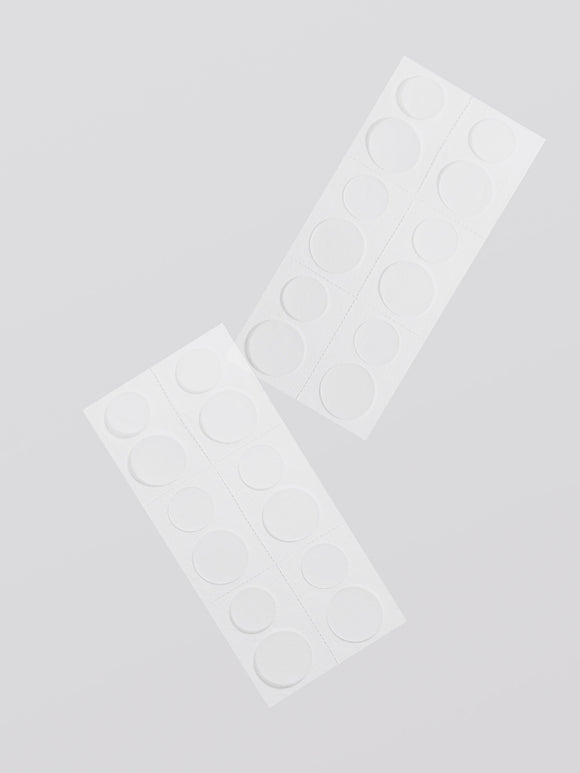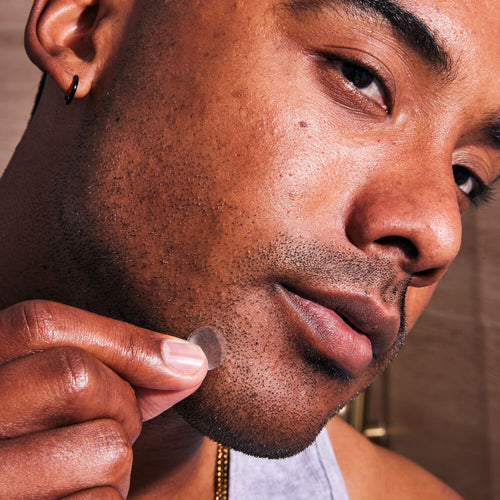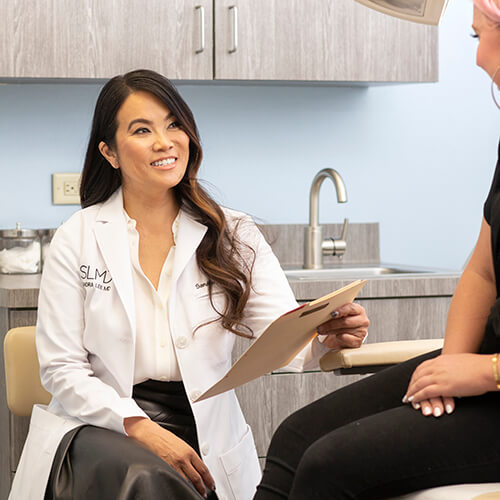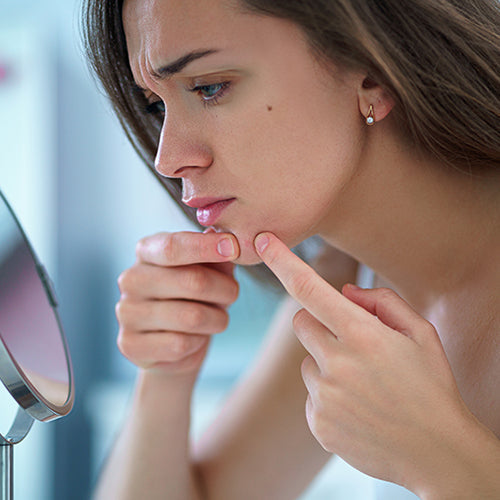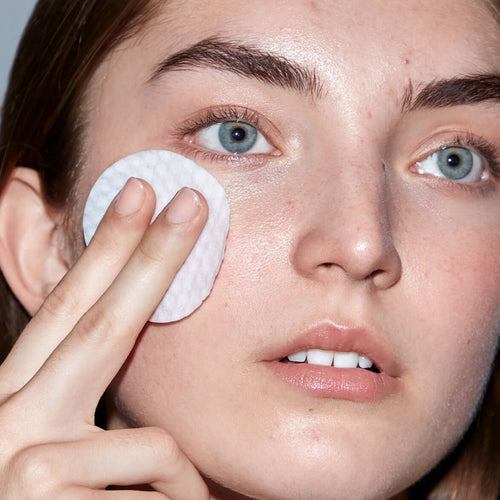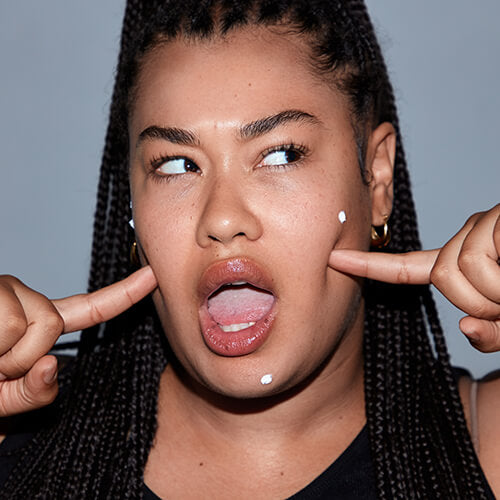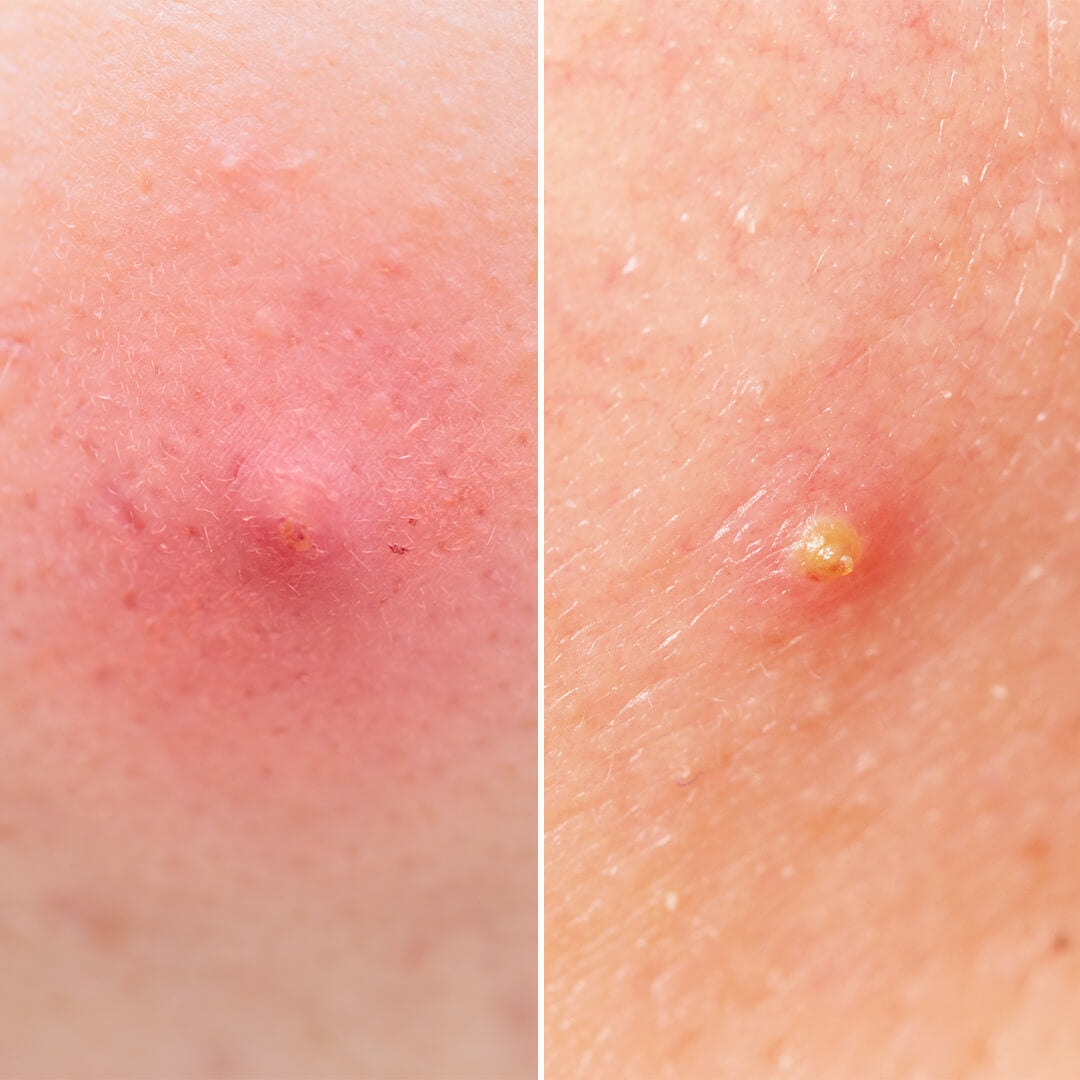
Papules vs. Pustules: Understanding and Treating Inflammatory Pimples
Learn the best ways to treat and prevent these common types of inflammatory pimples.Published:
4 minute read
When you’re staring at a pimple in the magnifying mirror — trying to talk yourself out of popping it — chances are you’re not thinking about what type of blemish it is. But figuring out what kind of acne you’re dealing with is key when it comes to both treatment and prevention.
Papules and pustules are two of the most common types of pimples — but how can you tell the difference between them? We’ve got the lowdown on distinguishing between these two, and the best way to treat them.
Article Quick Links
What are the different types of acne?
Most people don’t give a lot of thought to the type of acne they’re experiencing. But differentiating between the various types is important — because understanding the cause leads to better treatment. Remember that there are two main types of acne:
- Non-inflammatory: Occurs when pores become clogged with sebum and dead skin, creating either open comedones (blackheads) or closed comedones (whiteheads).
- Inflammatory: When comedones become infected with C. acnes bacteria (common on the skin’s surface), inciting an inflammatory response that creates papules, pustules, nodules, and cysts.
What is a papule?
Papules are a type of inflammatory acne that originates in the epidermis — the outer layer of the skin. Acne bacteria spread from the inside of the follicle to the surrounding skin, causing irritation and swelling.
Characteristics of papules
- Raised, red bumps without pus
- Closed pores
- Typically less than 5mm
- Painful and inflamed skin around the bump
Causes of papules
- Bacterial infection
- Excess oil production
- Stress and dietary factors
Occasional papules are considered mild acne, whereas frequent clusters of papules may be classified as moderate or severe acne.
What is a pustule?
Pustules are also inflammatory pimples found in the epidermis. A pustule is essentially a papule that’s come to a head — that is, formed a white or yellowish point of pus at the center. This is a consequence of the body’s natural immune response: white blood cells rush in to fight the C. acnes infection, and as those white immune cells die, they turn into pus and begin to protrude from the pore.
Characteristics of pustules
- Raised bumps with a white/yellowish center
- Can have closed or open pores
- Typically less than 5mm
- Painful and inflamed skin around the bump
Causes of pustules
- Progression of papules
- Immune response to bacterial infection
Just like papules, frequent clusters of pustules may be considered moderate to severe acne.
Dr. Pimple Popper's Pimple Fighting Picks
Key differences between papules and pustules
- Presence of pus: Pustules contain pus; papules do not
- Appearance: Pustules have a white/yellow center; papules are solid red bumps
- Development: Papules can develop into pustules, but not all do
How to treat papules and pustules
If you’ve got inflammatory acne papules and pustules, that means you’ve got non-inflammatory acne, too (even if it’s not that noticeable). This is because all acne starts with clogged pores (comedones) and may or may not progress to the point of inflammation. Here are Dr. Lee's treatment tips.
Effective Ingredients
- Salicylic acid: This beta hydroxy acid is oil-soluble, allowing it to penetrate deep into pores to clear out trapped sebum and debris. Try: SLMD Salicylic Acid Cleanser.
- Benzoyl peroxide: Trusted by dermatologists for a hundred years to kill acne bacteria, this ingredient also helps calm inflammation. Try: SLMD Benzoyl Peroxide Acne Lotion.
- Sulfur: An all-natural anti-microbial mineral that’s a great acne-fighting alternative for those with sensitive skin.
- Retinol: This vitamin A derivative speeds up the skin cycle, shedding dead skin cells and preventing clogged pores. It also helps reduce post-inflammatory hyperpigmentation. Try: SLMD Retinol Resurfacing Serum.
For a comprehensive solution, try SLMD Acne System: a simple, 3-step regimen used twice daily to manage acne at every stage.
How to prevent papules and pustules
Preventive care is crucial for minimizing the occurrence of both papules and pustules. Follow these skincare suggestions for prevention of inflammatory acne.
- Regular exfoliation: Use gentle exfoliants to keep pores clear of dead skin cells and sebum. Try: SLMD Glycolic Acid Body Scrub and AHA/BHA Swipes.
- Proper skincare routine: Cleanse your skin twice daily with non-comedogenic products to prevent clogging.
- Healthy lifestyle: Maintain a balanced diet, stay hydrated, and manage stress to support overall skin health.
Is it OK to pop an acne papule or pustule?
Dr. Pimple Popper fans probably already know the answer to this question: picking, squeezing, poking at, or popping pimples can lead to irritation, bacterial spread (read: more pimples!), and even permanent scarring. Following a consistent acne regimen will help treat and prevent papules and pustules. But when they do pop up, the best way to get rid of individual pimples is to use a spot treatment. Dr. Lee’s favorites include:
- Salicylic Acid Spot Treatment: This roll-on maximum strength formula is great for clearing out comedones.
- BP Acne Spot Treatment: Formulated with maximum strength benzoyl peroxide to kill acne bacteria and calm inflammation.
- Salicylic Acid Pimple Patches: These ultra-transparent patches contain potent salicylic acid to treat pimples and keep you from picking or popping.
When to see a dermatologist for your pimples
For some acne issues, professional intervention is necessary. If you experience any of the following, it's time to see a dermatologist:
- Persistent or severe acne: If your acne doesn’t respond to over-the-counter treatments after several weeks.
- Signs of infection: Such as increased redness, swelling, pain, or pus that appears to be spreading.
- Cystic acne development: When deep, painful cysts form that are not treatable with typical acne medications.
A dermatologist can provide stronger prescription treatments and professional advice tailored to your specific skin needs.

Dr. Lee's Last Word
Papules and pustules are very common types of inflammatory acne that I see a lot of in my practice. I typically tell patients to follow a consistent skincare routine like my Acne System, which contains salicylic acid, benzoyl peroxide and retinol to keep pores clear and eliminate that acne bacteria.



